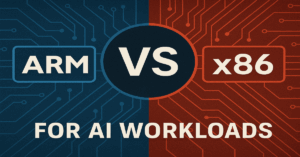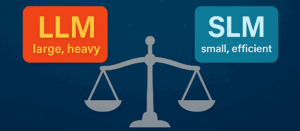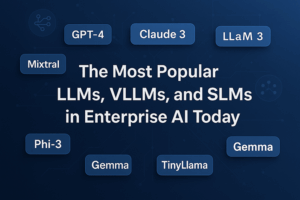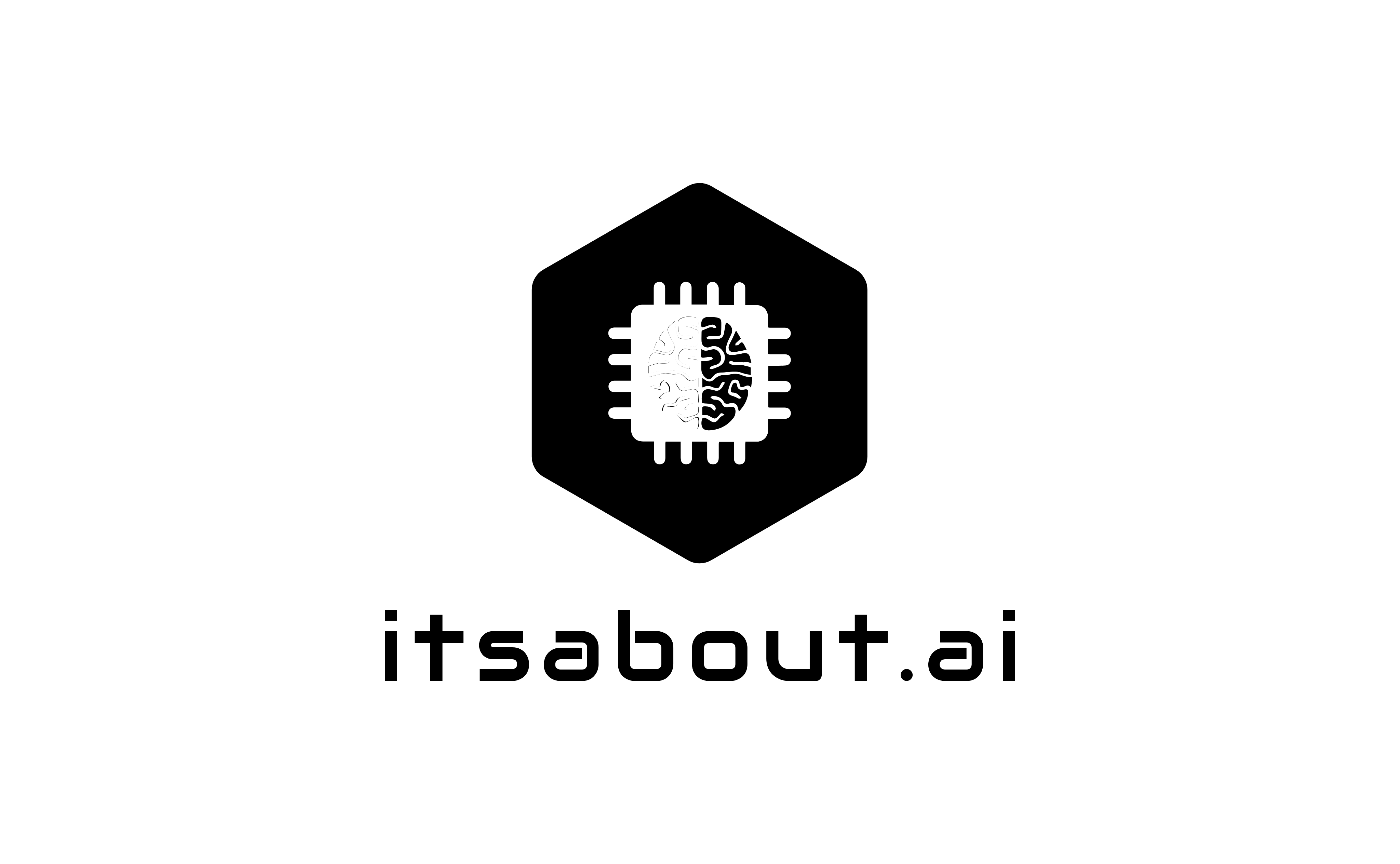Over the last two years, a new class of GPU-first Neocloud providers such as CoreWeave, Lambda, Voltage Park, Crusoe, and others has moved from niche to necessary. They stand out for their cutting-edge accelerators, near bare-metal performance, faster time to capacity, and flexible terms for AI workloads including shorter commitments, lower egress fees, and container-native […]

The big question in AI infrastructure Every year, new GPUs and super chips dominate headlines. But behind every GPU cluster sits a crucial decision: which CPU architecture should host it, ARM or x86? ARM has surged in visibility thanks to NVIDIA Grace, AWS Graviton, and AmpereOne. But despite rapid growth, ARM still isn’t the dominant […]

The AI landscape has been dominated by Large Language Models (LLMs)—massive neural networks trained on trillions of tokens, spanning hundreds of billions of parameters. These models, such as GPT-4 or Claude, have shown remarkable general-purpose intelligence, but they come with steep costs: enormous compute requirements, GPU dependency, and operational overheads that make them inaccessible for […]

As enterprises rapidly adopt AI to improve efficiency, customer experience, and innovation, the choice of model architecture has become a critical factor. Whether it’s deploying a massive Large Language Model (LLM), an efficient Very Large Language Model (VLLM), or a compute-friendly Small Language Model (SLM), organisations are increasingly strategic about balancing performance, cost, and accuracy. […]
